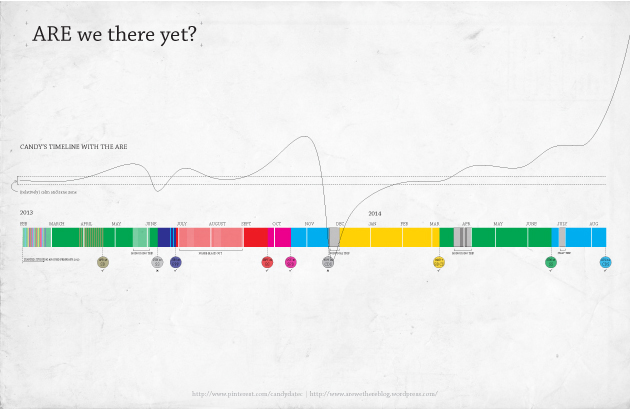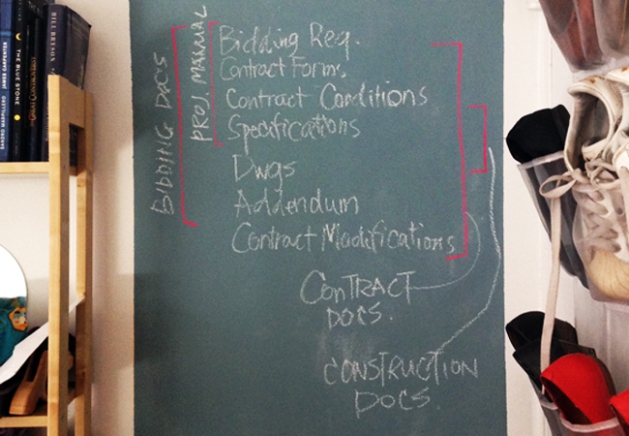Visualizing ARE 4.0 [Part 1] [Part 2] [Part 3] [Part 4]
Hi everyone! I have taken my CDS exam last Thursday, and now the only thing I can do is to wait patiently for the result. Meanwhile, I have finally found the time to make the third diagram of my “visualizing ARE 4.0” series. It really is a combination of the first two. Here you are:

Click on image to get full resolution
After taking all 7 tests (and retaking two of them), I realized one of the biggest pitfall most people encounter lies in the discrepancy between the content of the published textbooks and NCARB’s syllabus. Think about it, NCARB is the actual organization who makes the tests, while Kaplan and Ballast are just publishers who provide general information about those topics, and there is NO official coordination between the two. So when one starts studying, it is very very important that one goes to NCARB’s exam guide first.
For example, NCARB’s guide states clearly that there will be 4-12% project management questions in SPD, but if you only read through the two textbooks, there is no mention of project management at all under SPD. If you didn’t know about that, there will be a good 4-12% of the exam that seems to come out of nowhere. Also, even if you get the content areas right, make sure you pay attention to the distribution too. For example, almost 60% of SS is made up of seismic, wind and lateral forces, which is totally not proportional to what’s in the study materials.
Going back to my new diagram, the percentages in the pie charts are taken directly from NCARB, while the dots below are roughly what I think would make up that percentage. The topics are ballast chapters, but it’s more about the subject matters. Obviously, the more dots the more important it is in that division. Here are my comments:
***
PPP: Definitely read the AIA contracts.
SPD: Read part of the CDS for project management. Also read some BS stuff related to sustainability.
BS: “Vertical Circulation” (elevators, escalators etc) is included in Kaplan but not Ballast.. Ballast lists it under BDCS. I think it falls under “specialties” and therefore is part of BS. Other than this, there are not too many surprises in this one. Studying back to back with SPD might help but not necessary.
BDCS: Same with SPD, there are significant project management questions. Know your AIA contracts. Also sustainability stuff from BS/ SPD.
SS: Not too many surprises in terms of scope, but while the fundamentals are important, make sure you focus a good chunk of your energy on lateral forces. Don’t get hung up on stuff like wood equations.
CDS: Not too many surprises either, but expect one or two questions from pretty much every division in it.
Overall: Always read ADA, IBC, and brush up your history.
***
All in all I am just trying to point out the importance of reading NCARB’s official guides first. To conclude, diagram 1 is a general overview of the 7 divisions, diagram 2 is a literal illustration of the number of pages, and diagram 3 is ultimately what I think is the minimum amount of stuff you need to know walking into the test. I hope all three combined will give you a comprehensive picture of what the test is like.
I am going to relax and not think about the test until I get my results (supposed to come at 6am this Friday!). For those of you still studying, keep calm and carry on! Good luck!
Visualizing ARE 4.0 [Part 1] [Part 2] [Part 3] [Part 4]









